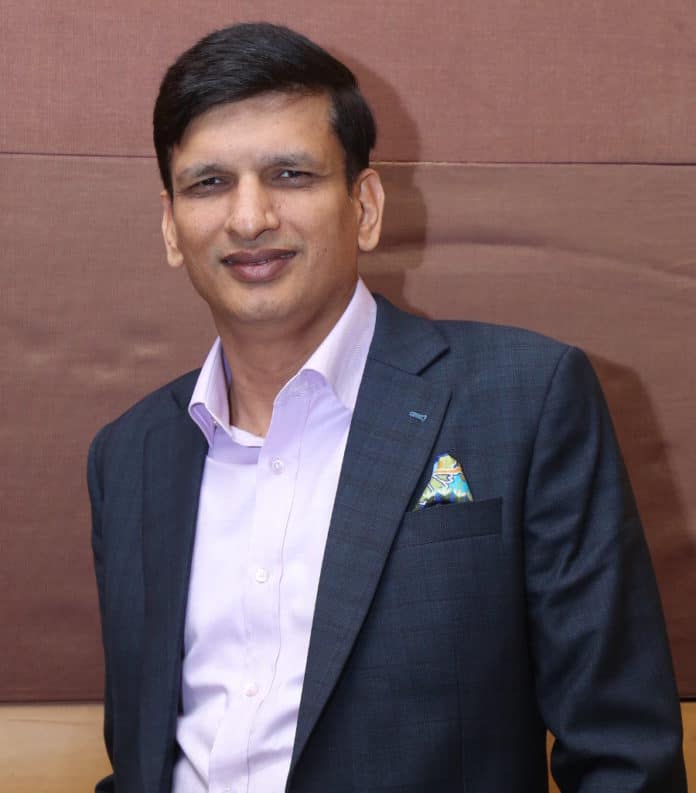Nokia advises enterprise customers on how to evaluate the scalability of the IoT platform they procure and calculate the number of interfaces they will require in order to successfully incorporate IoT into their business. Samar Mittal, VP, software, India market, Nokia, talks to Baishakhi Dutta about certain things that should be kept in mind while evaluating an IoT solution.

Q. In your opinion, which are the top three technologies that are shaping the future of IoT and how are they doing so?
A. One is the edge cloud. We believe only around 1 to 2 per cent of sensor data needs to travel all the way to the central cloud for further interpretation and analytics. This applies to most critical applications like remote surgery, autonomous cars, and even factory automation in certain situations.
The second technology is artificial intelligence and machine learning. There is all this information, analytics, use cases and data being generated in, for instance, the health industry, based on which actions can be taken. Or in the manufacturing industries that generate a lot of field information, such as how a particular supply chain is being run.
And of course, the last technology is the sensors, where it all begins. IoT is as good as the information being provided through sensors, which need to be small and pretty good in terms of accuracy, depending upon where they’re being used.
Q. Do you see open source technology playing an important role in IoT?
A. Open source technologies, from an application space or an API space, will play a significant role. That’s where the Impact platform becomes relevant. Given the fragmentation in the IoT market with a multitude of device vendors and the vast app ecosystem, interoperability between various solutions is not possible with proprietary platforms. This necessitates the need for a standards-driven open source platform because you will never have a single protocol sensor talking to a platform. When we talk about application providers, open source apps become very relevant. And with the ease offered by our Impact platform, developers do not need to learn about all the protocols or the interfaces that sensors are using to provide data. So use cases will be implemented faster and, at the same time, the platform can be scaled across various sensors.
Q. What would be your suggestions to customers evaluating an IoT solution?
A. Within the IoT market, we are still in the initial stages of building the business models that will be relevant. But the most important thing is the selection of the platform; it needs to have as many interfaces as possible to enable the sensor technology. If you only have one or two interface-based platforms, then you’ll get limited by the sensors that you can select, not only for the current use cases but also for the use cases or devices that will emerge in the future. So, technology selection is important.
My second piece of advice will be to check how scalable the analytics engine in an IoT platform is, in order to support growing traffic and connectivity, apart from evaluating how secure the platform is. And of course, you should evaluate the various services that can be offered, because once the platform is installed, it will not operate on a ‘one size fits all’ basis. Every use case will demand a separate way of being handled, with regard to the services and the implementation.













s5a448
cchkz7